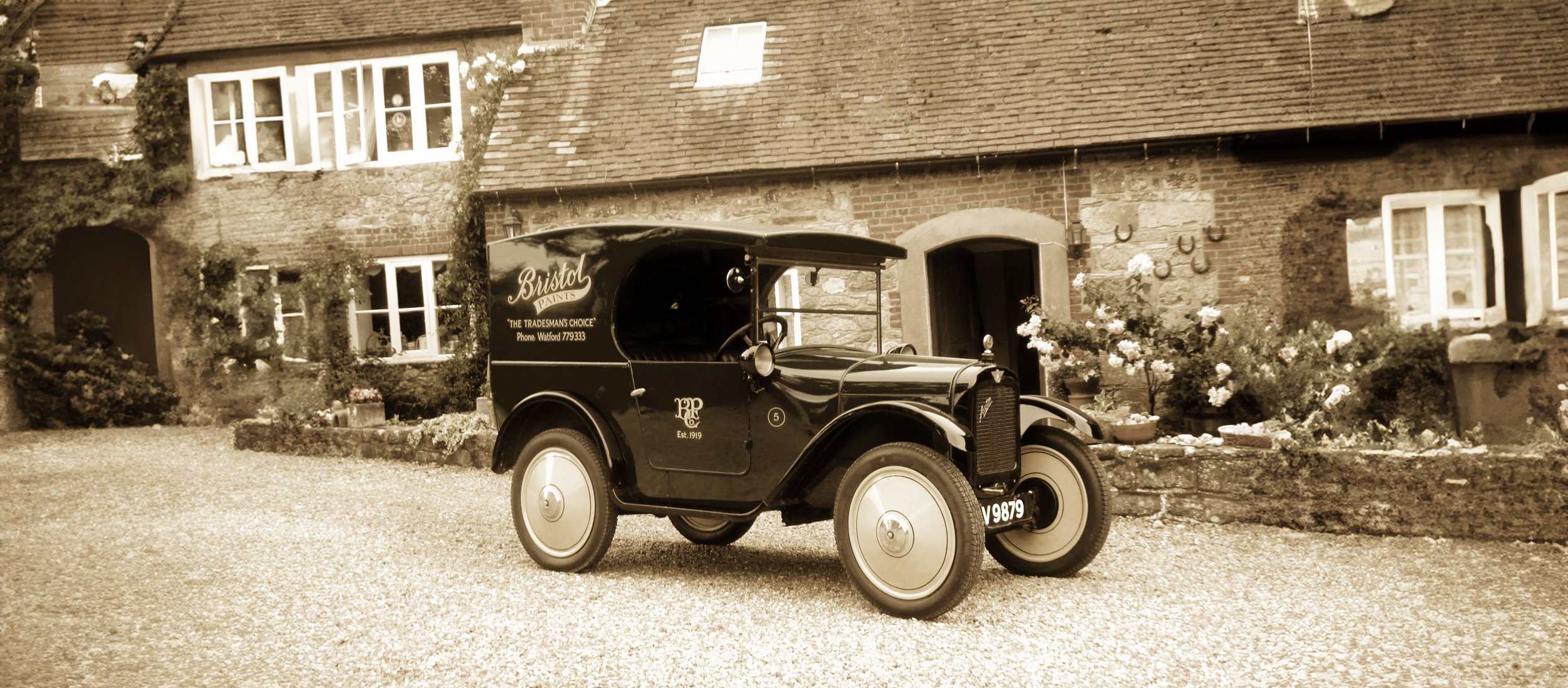
Looking for advice?
Exterior Use
Not all Bristol paints are made for the great outdoors, so always double-check before you buy! But hey, we totally get it – sometimes you just fall in love with a colour and are happy to get a bit creative, even if it's outside our usual recommendations.
Our Bristol exterior paints are officially recommended for surfaces like brick, masonry, rendered, and plastered walls.
Now, when it comes to things like wooden structures, floors, or anything that might soak up water from the unpainted side, these aren't typically on our recommended list for exterior paint. But honestly, lots of our customers have had brilliant success with them by getting a little inventive!
Getting Started: Prep is Everything!
For any surface you're painting, remember what any good decorator will tell you: preparation is key! You'll need to sand down and remove any loose or old paint finishes. The goal is a super clean, solid base for your new paint.
First up, grab your Bristol Base-coat White 1000 Exterior. One to two coats are usually spot on. Just keep applying until you've got a lovely, uniform white surface. If you skip this, your finish might look a bit patchy, especially with bright colours like Ultramarine 1035x or fluorescent paints.
For the best results, always aim for two coats of your chosen colour. Adding more or fewer than two coats can sometimes change the final shade, so stick to two for that perfect look. If you're using our non-exterior paints excluding SuperScenic and want to make them tougher, simply add 20% AquaPlus. And here's a little bonus: if you add AquaPlus, there's no need for a lacquer on top!
Just a friendly heads-up: we don't recommend using Bristol paint on horizontal surfaces where water might pool (like outdoor ledges) or in high-traffic areas that see a lot of direct wear and tear.
A Little Note on Bright and Bold Colours
Colours like Ultramarine and our Fluorescents are a bit special – they're translucent. This means you really need to apply them evenly over that uniform white base; otherwise, you might notice some patches. Because these colours don't have the same hiding power as our standard paints, they're also a bit trickier to touch up or repair. Often, you might find yourself repainting the whole section of wall.
Lastly, a quick word of warning: fluorescent colours will fade faster than less bright colours when used outside, due to all that UV sunlight exposure. So, pick your spot wisely!
